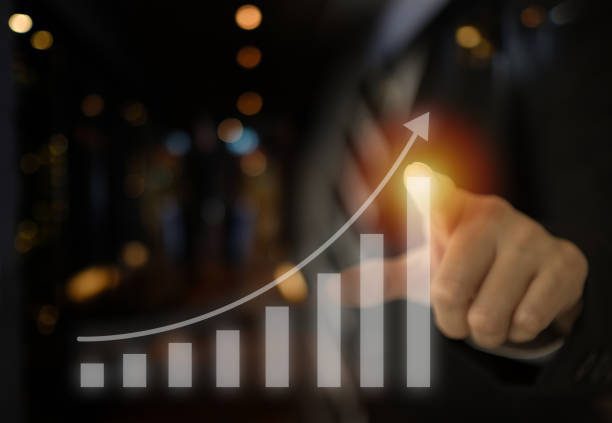Kenya’s economy is projected to grow by 5.7 percent in 2023 on the rebound in agriculture and other key sectors.
According to the 2023 Financial Stability Report, the country’s economy remained resilient in 2022 to multiple shocks, domestic and global sources, expanding by 4.8 percent in 2022, compared to 7.6 percent in 2021. The expansion was supported by robust growth of service sectors, mainly transport and storage, financial and insurance, information and communication, and accommodation and food services.
However, the agriculture sector contracted further by 1.6 percent in 2022 due to drought. The real Estate and building and construction sectors also remain subdued by changing consumer behaviour, especially for commercial real estate.
“The narrow fiscal space, high debt level, tightening monetary policy and liquidity conditions in the international market, unpredictable weather patterns and political risks, could impact growth in 2023. Additionally, tightening lending standards by banks may slowdown credit uptake, thus growth and financial sector stability,” states the report.
Despite this, Kenya’s financial sector is expected to remain sound and stable in 2023, supported by adequate capital and liquidity buffers, well-coordinated policy reforms, and robust regulatory oversight.
The national currency remains under pressure and has depreciated over time against major international and regional currencies into the first half of 2023, like other regional currencies.
Foreign investors at the Nairobi Securities Exchange (NSE) are offloading their portfolio with more sales than purchases have persisted since March 2020.
The upgrade of the CSD system to Dhow CSD is expected to increase efficiency in bidding and trading in Government securities, access to the bonds market in Kenya and the diaspora, improve liquidity in the interbank market and distribute liquidity in the banking sector. The monetary and financial policy measures are also expected to strengthen the economy and enhance the resilience of households, firms, and the financial sector to shocks.
Meanwhile, the global economic recovery remains uncertain in the wake of legacy and shocks according to April 2023 IMF WEO, Mid-2023 UN, World Economic Situation and Prospects, and June 2023 WB Global Economic Prospects. IMF projects global growth to decelerate to 3.0 percent in 2023 from 3.2 percent in 2022, while the UN WESP- Mid-2023 projects global growth to slow from 3.1 percent in 2022 to 2.3 percent in 2023. The World Bank’s Global Economic Prospects (June 2023) projects the world economy to remain frail and at risk of a deeper downturn, with a slowdown from 3.1 percent in 2022 to 2.1 percent in 2023 and 2.4 percent in 2024.
The legacy effects of the COVID-19 pandemic, the Russia – Ukraine war, and geopolitical tensions continue to drag global recovery momentum given their impact on supply disruptions, causing spikes in commodity prices and a steep rise in inflationary pressures.





